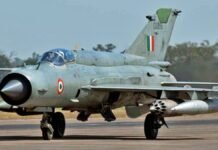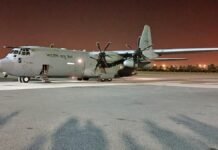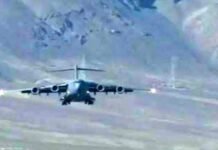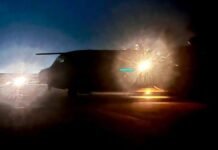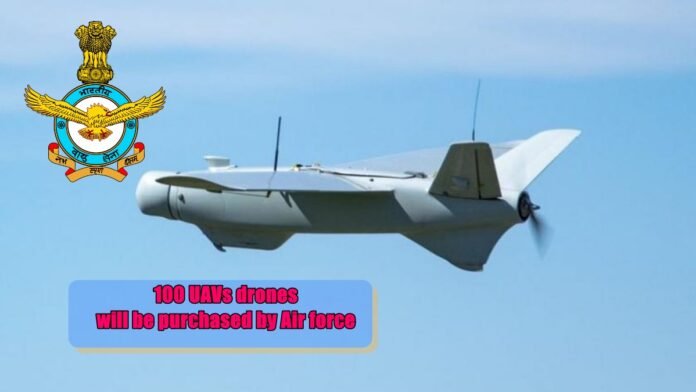
New Delhi: The Indian Air Force has taken a big step for the security of its air base spread across the country. This move of the Air Force will not only protect the air base but it can also be monitored from the sky. The nefarious designs of enemy countries and terrorists can be thwarted in time. Taking lessons from the attack on Jammu Air Base last year, the IAF has taken this decision. Actually, the Indian Air Force has decided to buy 100 UAVs or UAS. State-of-the-art drones will not only be able to protect and monitor the air base, but it will also be possible to thwart any conspiracy of enemy forces.
Indian Air Force will buy all these drones from any Indian vendor or Indian Original Equipment Manufacturers. Actually, in June 2021, a drone attack was carried out on the Air Force bases in Jammu. Two explosive-laden drones had fallen on the roof of the building built on the base, due to which there was a lot of damage. Since then, plans were made to take the help of modern technology for the security of military bases. Earlier, the Air Force had given a contract of Rs 155 crore to Hyderabad-based Zen Technologies for an anti-drone system.
The security of the Air Force will be strengthened
According to the information, the mini drone system will be used under the surveillance of the air base. Through this, monitoring of the air base can be done for 24 hours. Along with monitoring the air base, the movement of enemies can also be monitored. With the help of state-of-the-art technology, activities can be monitored even from a great height. It is said that this drone is capable of destroying a human-sized target even from a long distance. This UAV is capable of neutralizing enemy forces as well as terrorist attacks.
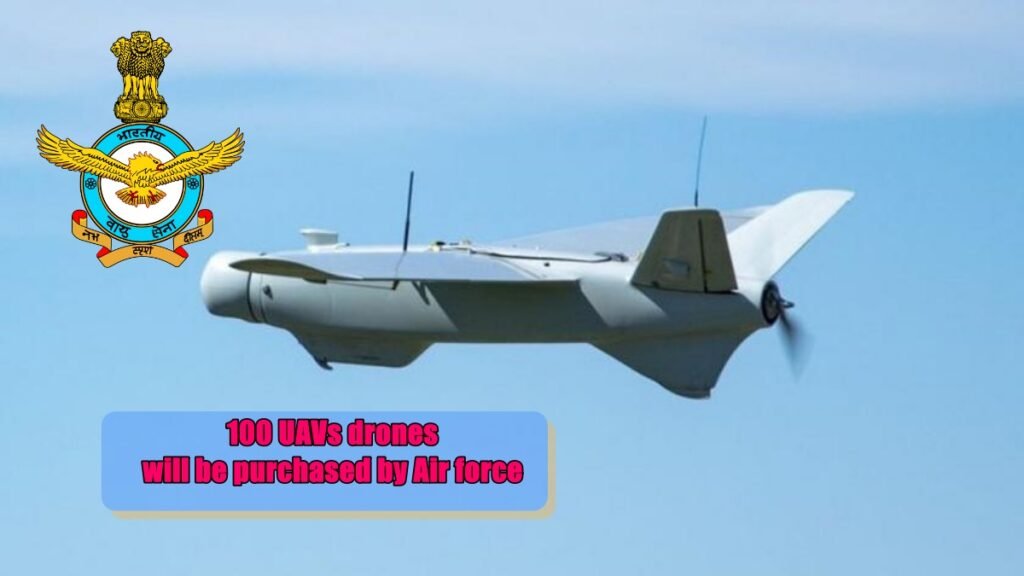
What are 100 UAVs
it was developed from 2003 to 2005. With a maximum take-off weight (MTOW) of 200 kg (440 lb), its endurance is 6 hours (extendable to over 10 hours with optional external AVGAS fuel tanks fitted[1]). It has a maximum speed of 220 km/h (140 mph) and a ceiling of 5,500 m (18,000 ft). It is powered by a 41 kW (55 hp) Diamond engine and can carry various payloads, such as electro-optics and infrared sensors. The primary radio link between ground station(s) occupies the 5030‐5091 MHz band. A secondary link in the UHF band would operate from 433.2125 MHz to 434.4625 MHz.



































